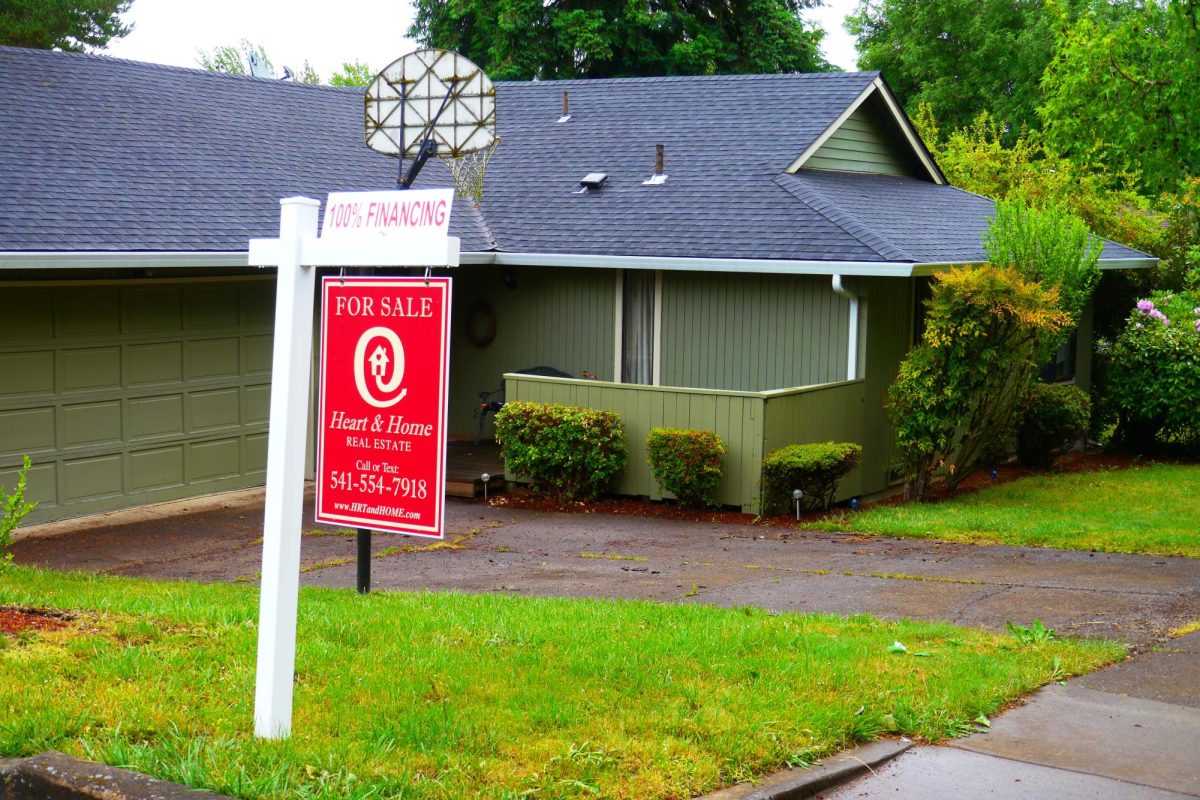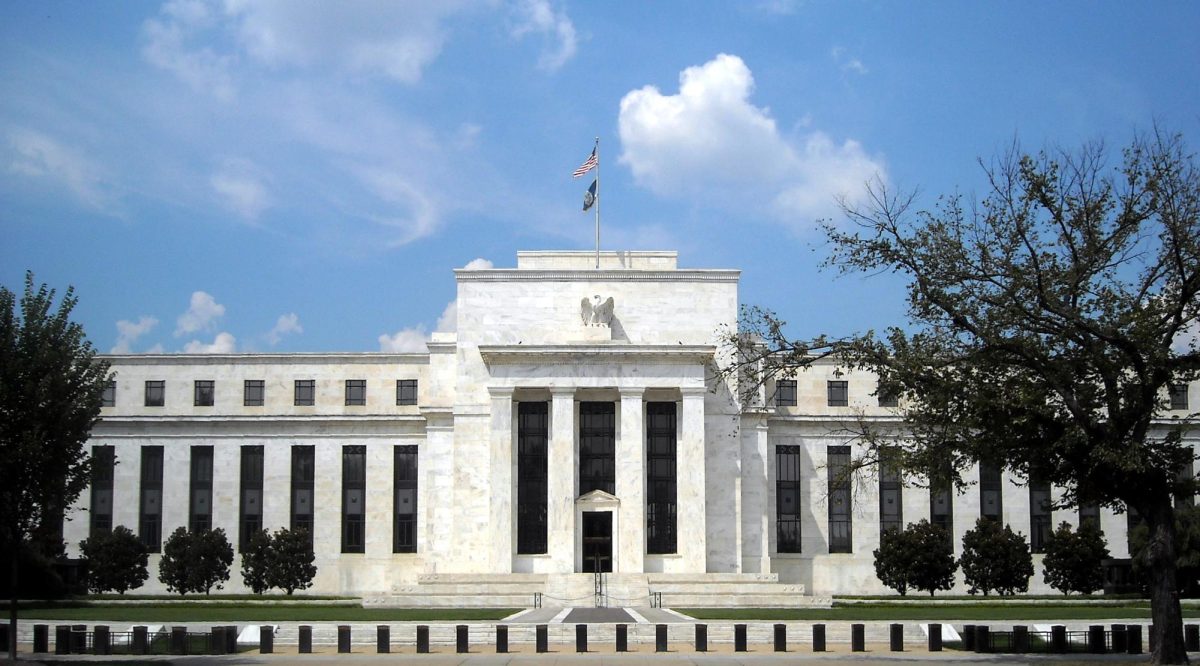The 30-year fixed mortgage rate is at 6.32% this October, the highest level it’s been since August. After experiencing significantly low interest rates for 30-year fixed-rate mortgages during the pandemic, many future home buyers believe that mortgage rates should be lower.
During the COVID-19 pandemic, the 30-year fixed-rate mortgage rate dropped to a historical low of 2.65%, then began to rise again in recent years. As inflationary pressures returned and central banks raised interest rates to control inflation, specifically after 2020, 30-year fixed-rate mortgages went on a steep incline.
Many home buyers are still hesitant and waiting for better opportunities to purchase properties. According to new home mortgage applications data from Trading Economics, mortgage applications in the U.S. fell 5.1% in the first week of October compared to the previous week.
New home buyers are now considering “mortgage assumption,” which allows the low interest rates from the previous owner to be carried over to the purchaser. However, buyers should remain wary of the difference between the sale price and the remaining mortgage.
Although the new buyers can take over the original mortgage rate and the lower interest portion of the payment, the process can be very slow as there are many strict qualification requirements when applying for a mortgage assumption.
Based on historical data, significantly low mortgage rates are often a response to major financial events.
According to the 30-year fixed mortgage rate data from Freddie Mac, the 30-year fixed-rate mortgage has seen significant fluctuations over the past decades. In the late 1970s to 1980s, the rate reached extremely high levels. Rates as high as 18.28% occurred due to tight monetary policies and high inflation at the time. Rates then declined in the 1990s and into the 2000s.
After reaching historical lows as a result of the 2008 financial crisis, the Federal Reserve lowered the interest rates to nearly zero to help stimulate the economy, which made borrowing cheaper for businesses and consumers, including the low 30-year fixed mortgage rates of 5.48%.
The current 30-year fixed-rate mortgage is considered to be a healthy rate based on historical market conditions, as the rate was 7.79% in October 2023, according to Freddie Mac. Many economists still expect a housing market recovery due to the strong state of the economy.
“We should remember that the rise in rates is largely due to shifts in expectations and not the underlying economy, which has been strong for most of the year,” Sam Khater, Freddie Mac’s chief economist, said in a statement. “Although higher rates make affordability more challenging, it shows the economic strength that should continue to support the recovery of the housing market.”








